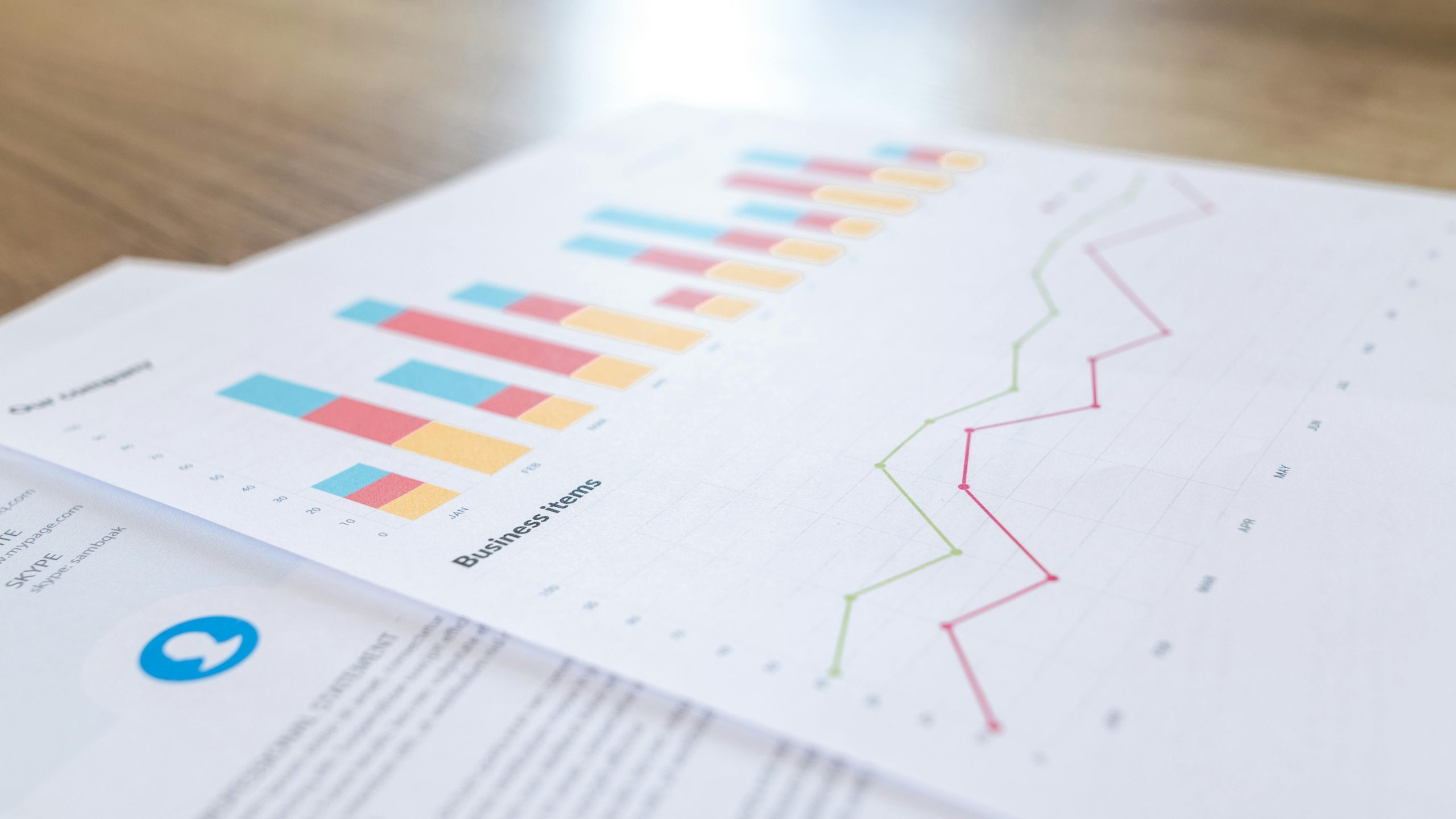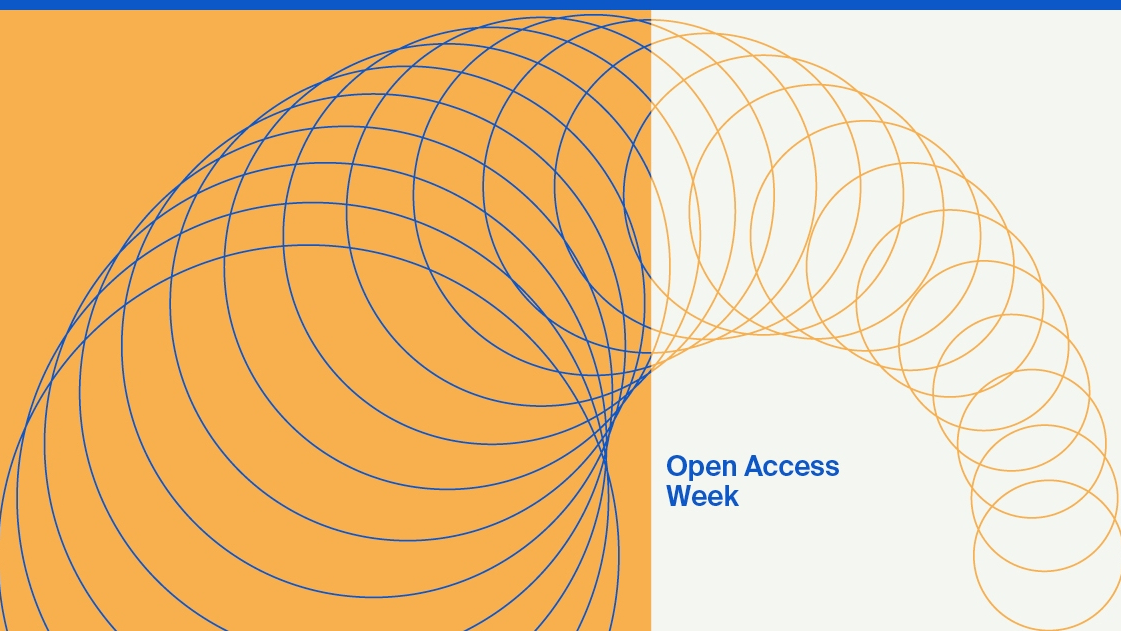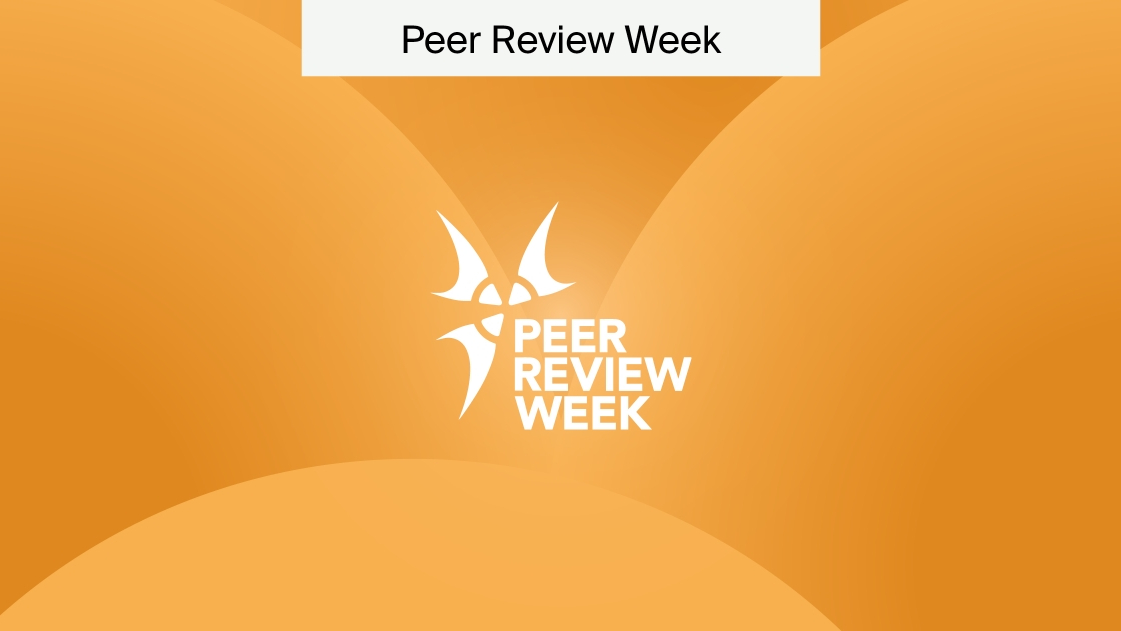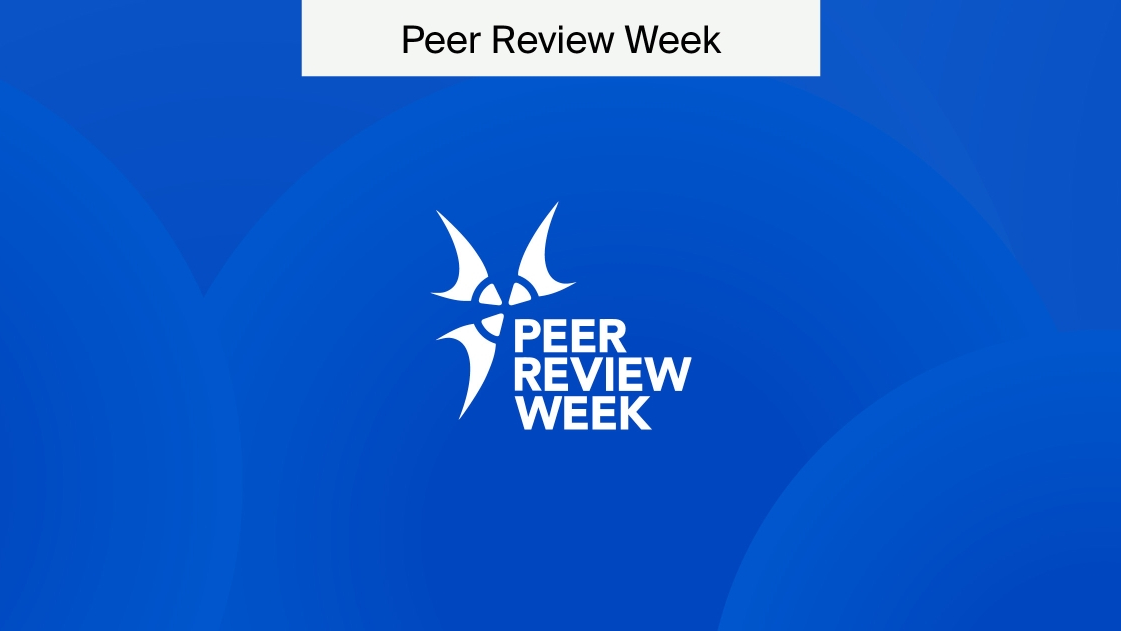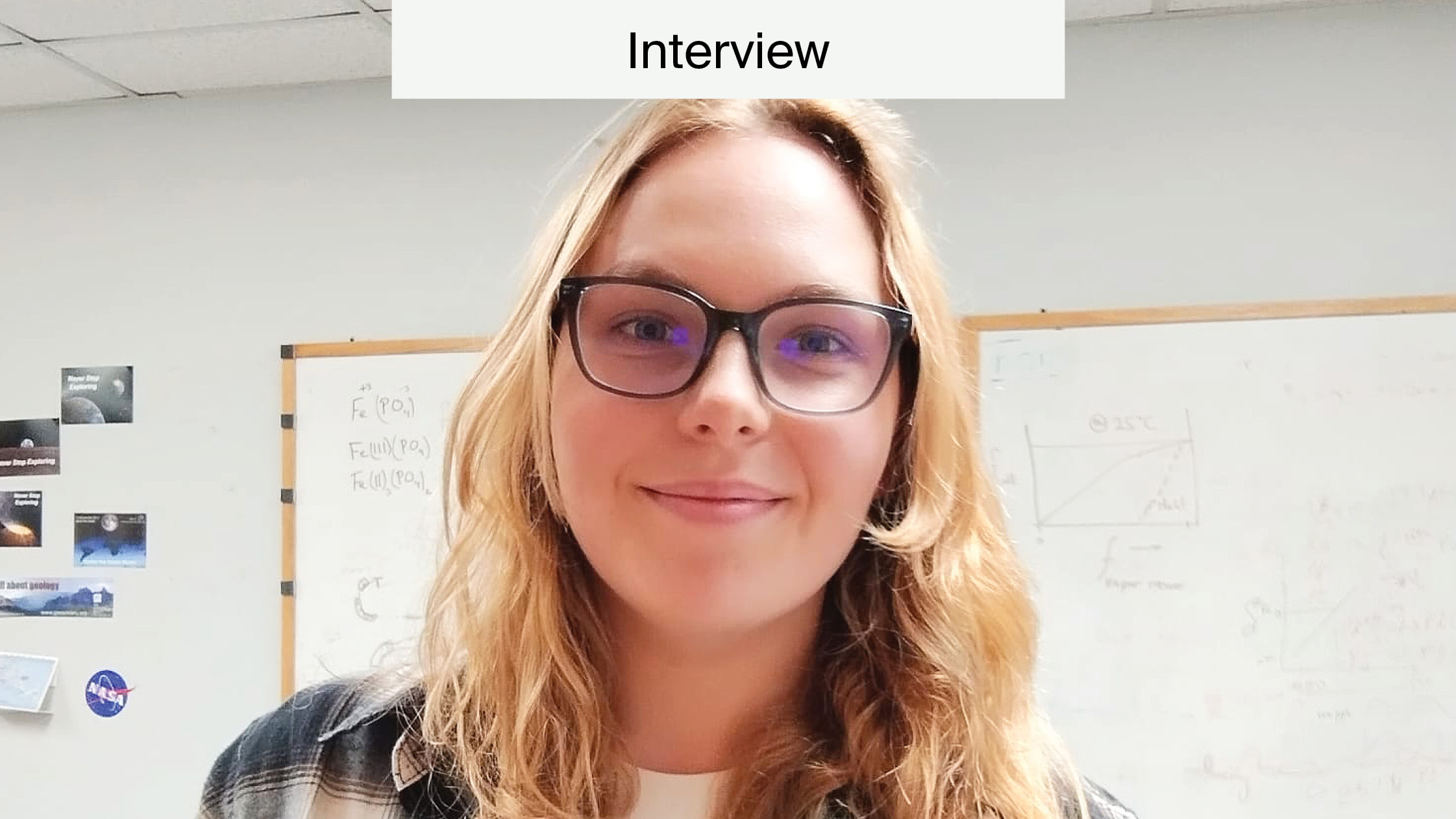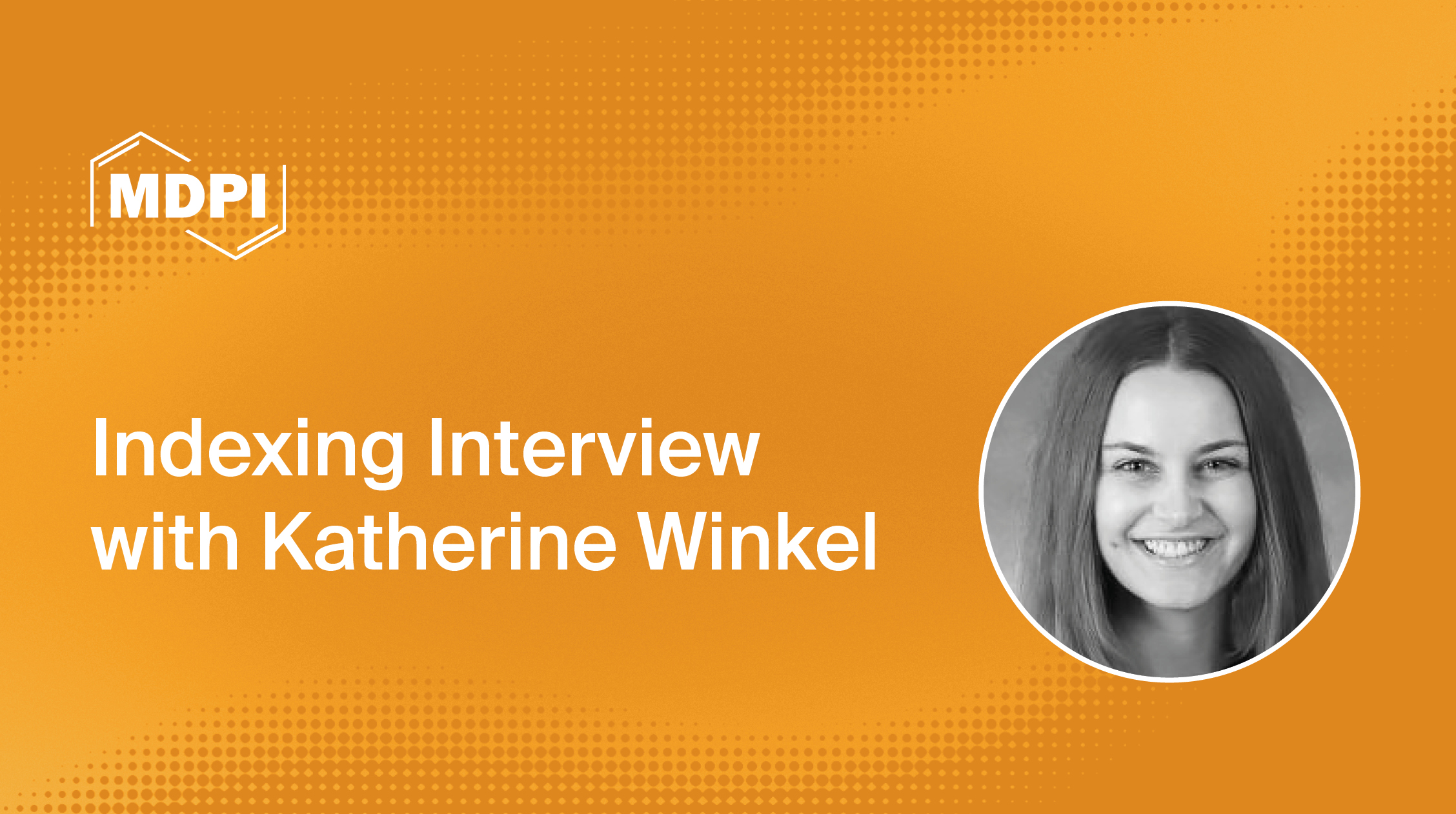
Interview with Head of Indexing—Katherine Winkel
With the releases of the updated standard citation metrics this month, we at the MDPI Blog have chosen to focus on all things indexing, including what it means for a journal to be indexed, where journals can be indexed, and the difference between Impact Factor and CiteScore. To kick things off, we sat down with the Head of Indexing here at MDPI, Katherine Winkel, to get an expert explanation of indexing and, more specifically, of indexing MDPI journals. Here’s what she said:
What is Indexing?
Q: In simple terms, what does it mean if a scientific journal is “indexed”?
A: When authors publish their scientific papers online, these articles are published exclusively on a journal’s website. Since there are numerous publishers around the world, for other researchers to be able to search and read publications that they’re interested in, they would first need to know about that journal, and then find each journal’s website. This of course makes online searches for scientific research very complicated and restrictive.
To solve this problem, various companies have created websites that are specifically dedicated to collecting (aka “indexing”) scientific journals from publishers around the world and displaying their publications on easy-to-search platforms. These platforms are called “indexing databases” or are more commonly referred to simply as each platform’s name (Web of Science, PubMed, Scopus, etc.). You can think of these databases as a type of Google for the scientific world, because they perform the same function of pulling together data from various publisher websites and allowing users to easily search through the content, rather than having to know each publisher and browse through individual websites.
Most researchers are very familiar with these platforms (often through their university or research libraries), and the biggest databases are typically one of the first places that scholars begin their searches to find relevant research. Consequently, indexing for publishers is one of the most essential ways to disseminate the content of our journals as much as possible. It is also essential for authors, who want their vital research to be highly visible and easily accessible to the scientific community.
Common Misconceptions
Q: Are all journals included in all indexing databases?
A: One common misconception that many scholars have is that any article or journal can be indexed in any database, and this is actually not the case. Almost all indexing databases have very specific criteria that journals must follow in order to be indexed in their platforms. This means that publishers must apply to have their journals accepted for inclusion within each specific database. If a journal does not fulfil the specific inclusion criteria of the database, then a journal’s application will be rejected, and the publications within that journal cannot be indexed in that database. Sometimes this rejection is temporary, and a journal can apply again within a few years; however, sometimes the rejection is permanent, and the journal cannot ever become indexed in that platform (although this is rare).
There are 3 main reasons why a scientific journal may take some time to fulfil the inclusion criteria and thus may not be indexed in a specific database straight away:
1.) A journal is too young and doesn’t yet fulfil the minimum criteria. Most databases have standard minimum criteria, such as the age of a journal or the annual publications. Therefore, new journals often have to wait many months (up to years) before publishers can even send a first application.
2.) A journal publishes content that is out-of-scope for the database. Most databases are scope-specific, which means that they only index journals that are focused on specific topics (i.e., medicine or engineering). There are only a handful of very large databases that are not scope-specific.
3.) A journal has not yet reached a high enough level of “impact”. Some of the most well-known and respected indexing databases have very detailed and strict criteria, in order not to include journals that they consider to publish articles of lesser quality or “impact”. While many aspects of the journal evaluations can be subjective, some objective measures are used to determine this, such as citation metrics and H-indexes of Editorial Board Members. These databases assert that their strict criteria allow only very impactful journals to be included, thereby creating a platform in which researchers can trust that only the most high-quality publications are indexed. A few examples of these databases include Web of Science (specifically, the SCIE and SSCI databases), Scopus, and MEDLINE.
Indexing MDPI Journals
Q: Where are MDPI journals indexed?
A: Here at MDPI, we have a useful webpage that lists the status of each of our journals within the top databases. Additionally, every journal has a specific webpage entitled “Indexing & Archiving”, which lists almost every database in which a journal is indexed. As a general summary, MDPI journals are indexed in every single top database in the world. Currently, we have 210 journals indexed within Web of Science, 188 journals indexed within Scopus, 85 journals indexed within PubMed and PMC, and 16 journals indexed within MEDLINE, and of course these numbers increase every month. We also have hundreds of our journals indexed within other very important databases, such as EBSCO, ProQuest, CAS, Gale, and Inspec.
Additionally, almost all of our journals are indexed within scope-specific databases, which allows us to maintain an incredibly broad range of journals that are indexed within a variety of databases. At present, MDPI has active relationships with approximately 65 well-known databases from around the world, and we continue to expand our portfolio every year.
Accessing Indexing Databases
Q: How can somebody access an indexing database?
A: Every indexing database is quite different. Some of them, such as PubMed and PMC, are freely open and available to the public, and anybody can access them without any type of paywall. Unfortunately, other databases are subscription-only, such as Web of Science and Scopus, which means that if you are a researcher or involved in any way with an academic organisation, such as a university or a library, you will have to speak with your institutional library to find out the subscription access information, and you will then be able to log in using specific usernames or IPs to access these databases.
Unfortunately, if you are not affiliated with an academic organization, or if you are affiliated with an organization that doesn’t pay for a subscription, you will most likely not be able to access these databases since many of these subscriptions are too costly for individual purchases. These subscriptions can cause many barriers for access; however, as MDPI is a fully open access publisher, all of our content is freely available for everybody to be able to read directly on our website.
Impact Factor vs. CiteScore
Q: Some databases release annual ranking lists, measuring the citation metrics of journals against one another. The 2 biggest scientific journal scores released annually are the Impact Factor and the CiteScore. What exactly is the difference between an Impact Factor and a CiteScore?
A: Both ranking scores are a measurement of how well a journal is cited. In very simple terms, they are both citation metric scores that indicate the average number of citations per paper within that journal. For instance, if you have an Impact Factor of 4.500, then on average, this means that the journal typically has about 4.5 citations per paper within 1–2 years from publication.
While both Impact Factors and CiteScores are a measurement of a journal’s citation metrics, they do differ quite a bit because of how this score is calculated. The 3 main calculation differences result from:
- The data source of citations/publications: CiteScores only use publications and citations indexed in Scopus, whereas Impact Factors only use publications and citations indexed in Web of Science.
- The length of citation history: CiteScores use the past 3 years (i.e., 2021 CiteScores use 2018–2021 data), but Impact Factors use the past 2 years (i.e., 2021 IFs use 2019–2021 data).
- The document types included: CiteScores use 5 document types: articles, reviews, conference papers, book chapters, and data papers; however, Impact Factors use 2 document types: articles and reviews.
Full details on these calculations can be found at the following links:

